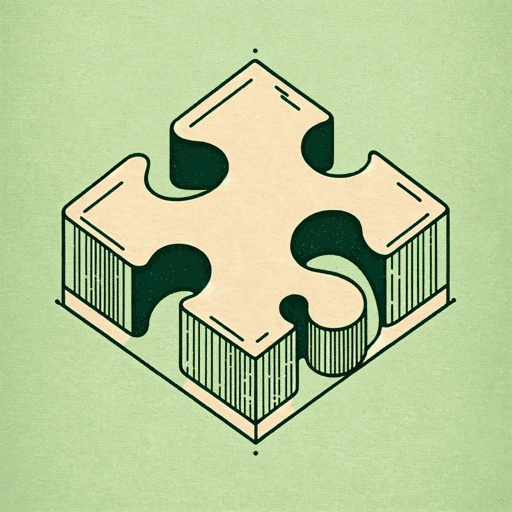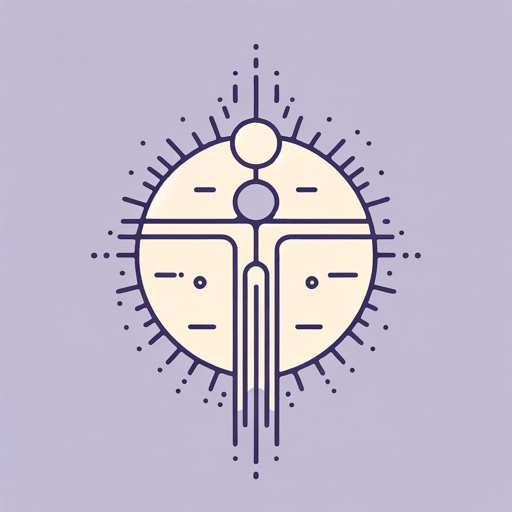45 pages • 1 hour read
Émile DurkheimThe Division of Labor in Society
Nonfiction | Book | Adult | Published in 1893A modern alternative to SparkNotes and CliffsNotes, SuperSummary offers high-quality Study Guides with detailed chapter summaries and analysis of major themes, characters, and more.
Book I, Introduction-Chapter 3Chapter Summaries & Analyses
Book I: “The Function of the Division of Labor”
Introduction Summary & Analysis: “The Problem”
Durkheim argues that the division of labor is a sign of progress. Adam Smith and English philosopher John Stuart Mill first defined it as a specialization in economic production, and it is characterized by certain socio-economic developments. Tasks are becoming more specific and less wholistic, and big industries are replacing small-scale businesses, to the point where even the domain of agriculture is becoming increasingly mechanized. However, Durkheim notes that the division of labor also touches upon other areas of society beyond the economic, such as the political and scientific spheres; experts are encouraged to specialize, and can no longer dabble in multiple disciplines or even encompass the whole of their own field.
The division of labor is not simply a social institution created by men, Durkheim argues, but a biological phenomenon that directs the future of human progress. The main question Durkheim seeks to answer is whether people should resist or embrace this change from a moral standpoint. Philosophers and economists of his time were increasingly concerned with how the division of labor has encouraged low-skill work over more rounded and artistic work from artisans for the sake of productivity. Durkheim himself wishes to know how the division of labor might affect human behavior and their moral aspirations: Will people be content with only ever producing part of a whole, or should people seek to become more rounded and self-sufficient as in the past?


